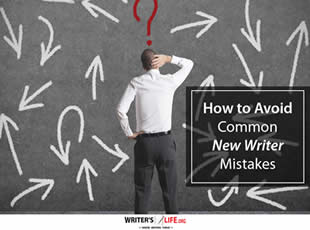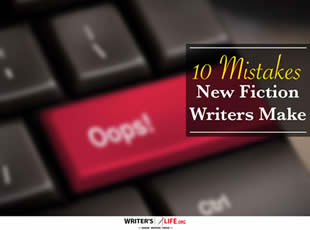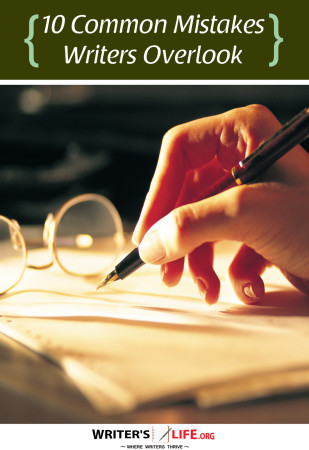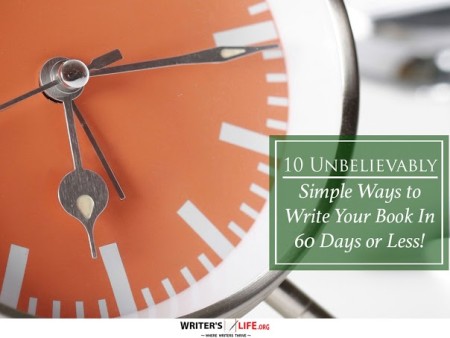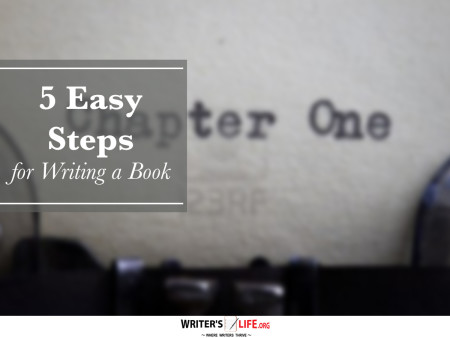- How To Tackle Jealousy In Creative Writing
- Common Submission Mistakes
- How To Stop Your Blog Becoming Boring
- The One Thing Every Successful Writer Has In Common
- How To Make Yourself Aware Of Publishing Scams
- Why Almost ALL Writers Make These Grammar Mistakes At Some Point
- 5 Tips For Authors On How To Deal With Rejection
- Top Mistakes to Avoid When Writing a Novel
- How to Avoid Common New Writer Mistakes
- 10 Mistakes New Fiction Writers Make
How to Open a Chapter With Instant Tension

Chapter opening tension is what hooks your readers right from the first sentence. Whether you're a seasoned author or just starting, creating a gripping chapter opening is crucial for your story's success. But how exactly do you generate instant tension in story beginnings? Let's dive into some effective chapter tension strategies that will keep your readers glued to every page.
Opening a Chapter with Tension: The Art of the Unsuspected
Every writer knows the importance of a strong start, but mastering the art of opening a chapter with tension can elevate your storytelling to new heights. How do you create that nail-biting anticipation right from the outset? Consider using a surprising event or an unexpected character action. By thrusting your readers into the heart of the action or hinting at future conflicts, you engage their curiosity and encourage them to keep reading.
Take J.K. Rowling's 'Harry Potter' series, for instance. Each chapter often begins with a mystery or an unsettling mood that hints at secrets yet to be uncovered. Such techniques are not just for fantasy writers; any genre can benefit from sprinkling a hint of tension.
Another approach is to start with dialogue. Pop in on your characters mid-conversation, revealing tension through their words. This technique effectively sets the mood and offers a peek into the story's conflicts, subtly drawing readers into the developing drama.
Tension in Chapter Openings: Building Curiosity from Line One
Generating tension in first chapters isn't just about dramatic scenes or intense situations. Sometimes, the tension lies in what isn't said—in the subtle undertones and unspoken threats. This makes the reader an accomplice in uncovering the truth.
Imagine opening a chapter with a character's internal conflict. The contradiction between their thoughts and actions creates a rich tapestry of tension for the reader to unravel. Psychological tension can be just as effective, if not more so, than physical conflict.
Moreover, setting can play an integral role. A stormy night, a deserted street, or an eerie silence can add layers of tension-filled chapter starts. These atmospheric elements act as silent signals to the reader that something significant is approaching.
Creating Chapter Tension: Dialogue, Description, and More
Dialogue isn't only about what your characters are saying—it's also about what they're not saying. Subtext is a powerful tool in crafting tension at chapter start. When characters dance around subjects or tell half-truths, it makes the reader want to dig deeper.
Descriptions, too, can elevate tension. Describe your settings and characters in a way that makes the ordinary seem extraordinary. Notice the small details—a character's twitchy fingers, the way shadows fall ominously against a wall—and use these to foreshadow upcoming events.
Lastly, don't shy away from starting with action. An argument, a chase, or a confrontation can all be high tension chapter beginnings. Quick, snappy sentences and a fast-paced narrative will thrust your readers into the scene, making them feel part of the unfolding drama.
Effective Chapter Tension Strategies for All Writers
Whether you’re writing a thriller or a romance, tension is a universal tool. Here are some effective chapter tension strategies:
- Start with a question: Opening with a thematic or narrative question creates a mystery that the reader yearns to solve.
- Set a time bomb: Introduce an event on a countdown. Knowing something is imminent keeps readers on edge.
- Use contrasts: Juxtapose serene settings with disturbing events, creating a jarring effect that heightens tension.
Although these strategies seem straightforward, their execution requires finesse. Mix and match these techniques to find what works best for your story's tone and genre.
The Importance of High Tension Chapter Beginnings
Opening with instant tension in story is not just a trick—it's a necessity in today's fast-paced reading world. Attention spans are shorter, and readers are often distracted by other media. A tension-filled opener ensures your book stands out from the crowd, compelling the reader to dive deeper into your narrative.
According to Wikipedia, storytelling elements defining success often include those first gripping pages. Without a hook, your narrative might never get the chance to shine.
Remember, the key is balance. Even a thriller with pulse-pounding suspense requires breathers. So, while tension is crucial, it's the ebb and flow that keeps readers engaged.
Frequently Asked Questions About Chapter Opening Tension
Q: How can dialogue create opening tension?
A: Dialogue can introduce conflict and intrigue by revealing character secrets or tensions. Starting mid-conversation creates immediacy, drawing readers into the unfolding drama.
Q: Is tension important in every genre?
A: Yes, while the form it takes may vary, tension is key to engaging readers across genres, from mystery and fantasy to romance and literary fiction.
Q: Can setting contribute to chapter opening tension?
A: Absolutely. Setting can create mood and anticipation, setting the stage for events to unfold and hinting at the story's direction.
Want to promote your book after it’s published? Check out our Book Marketing Articles.
If you're serious about growing your author career, don't miss out on these free tools and templates built specifically for writers. Access all 7 free resources here.



















